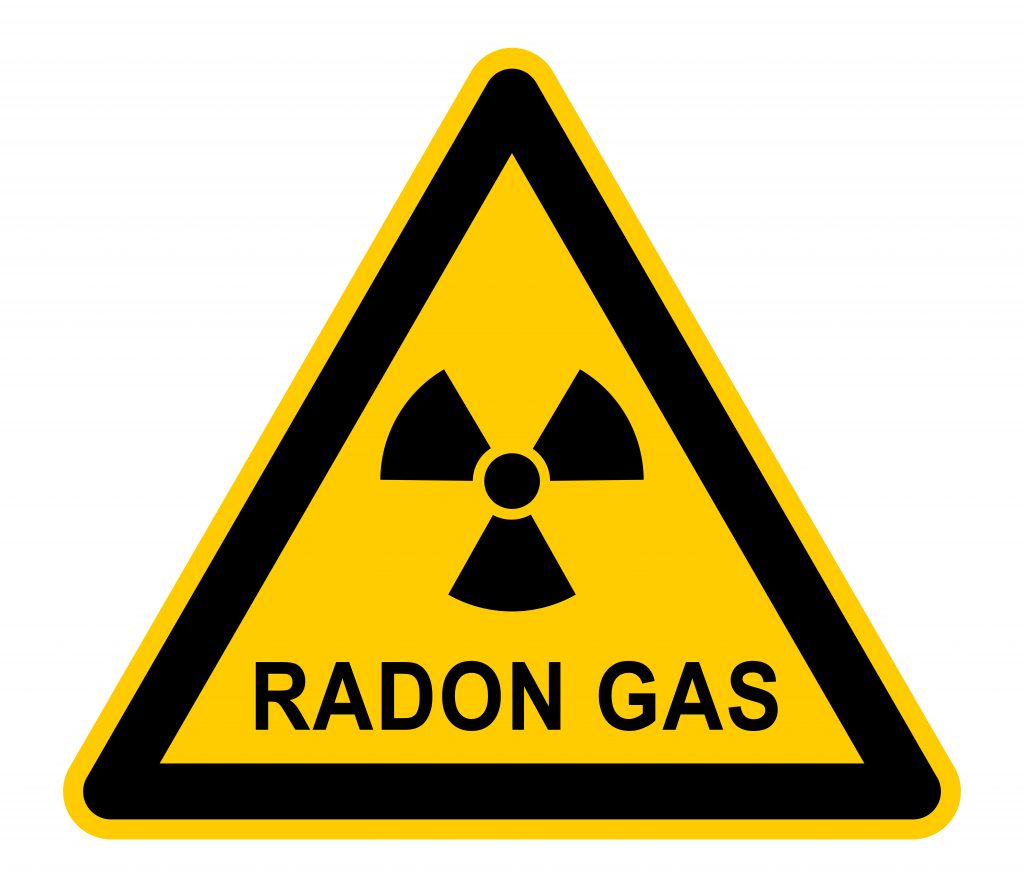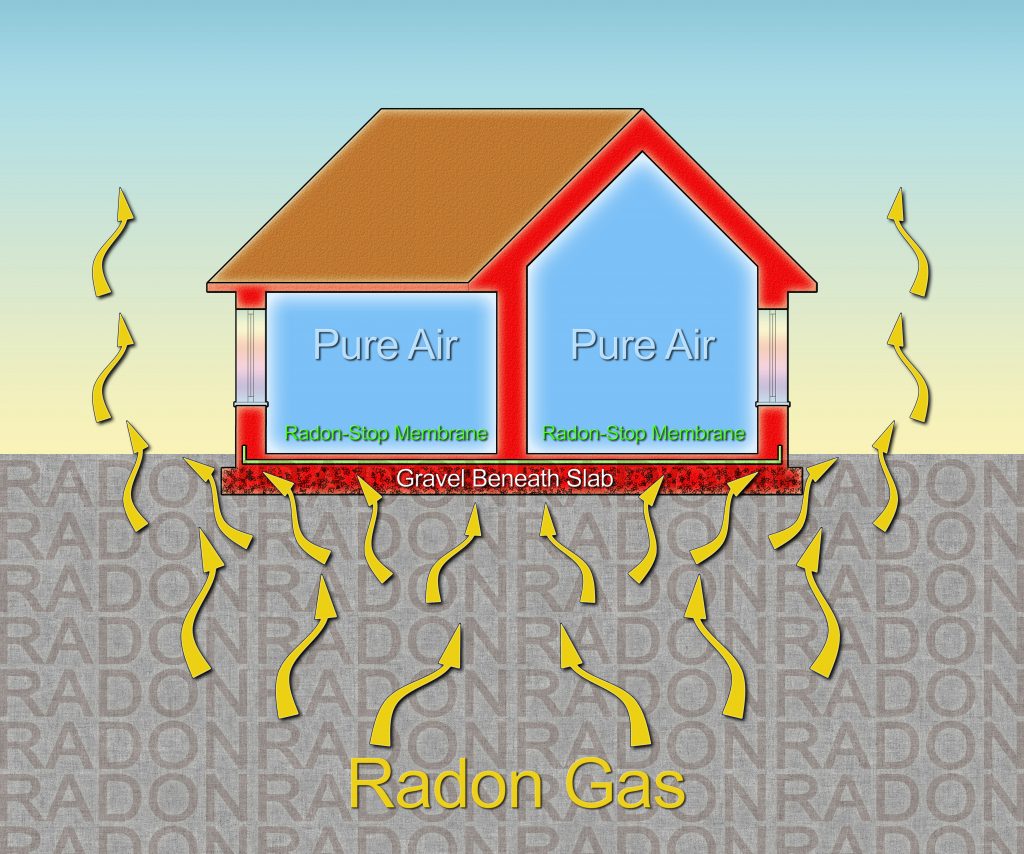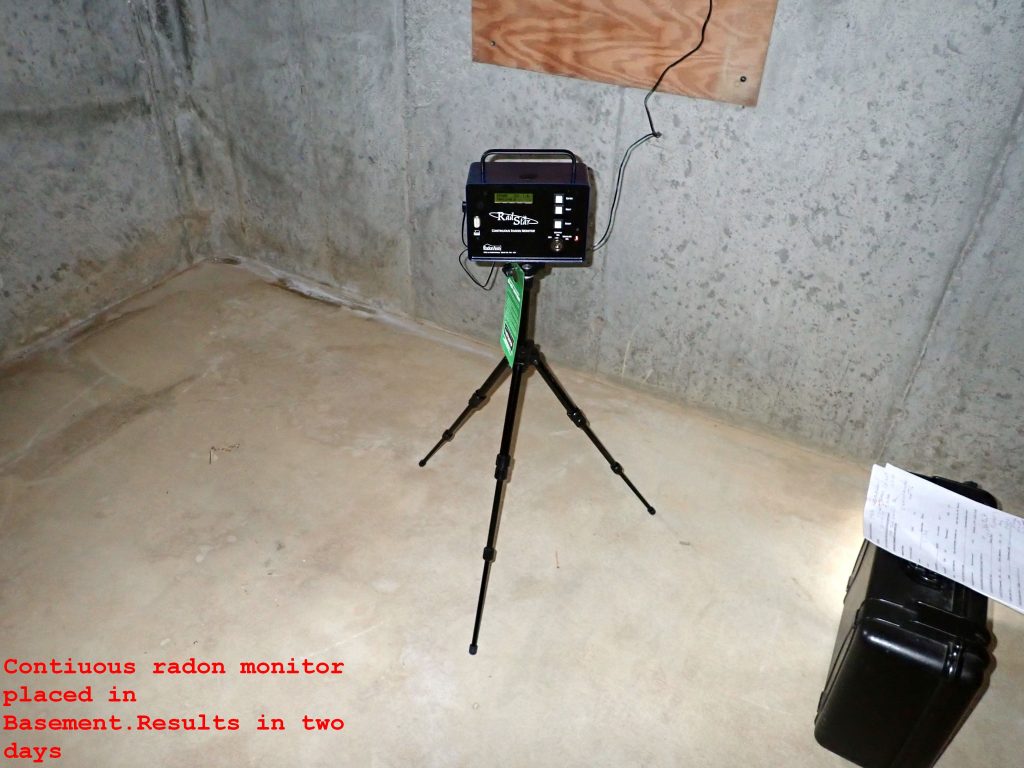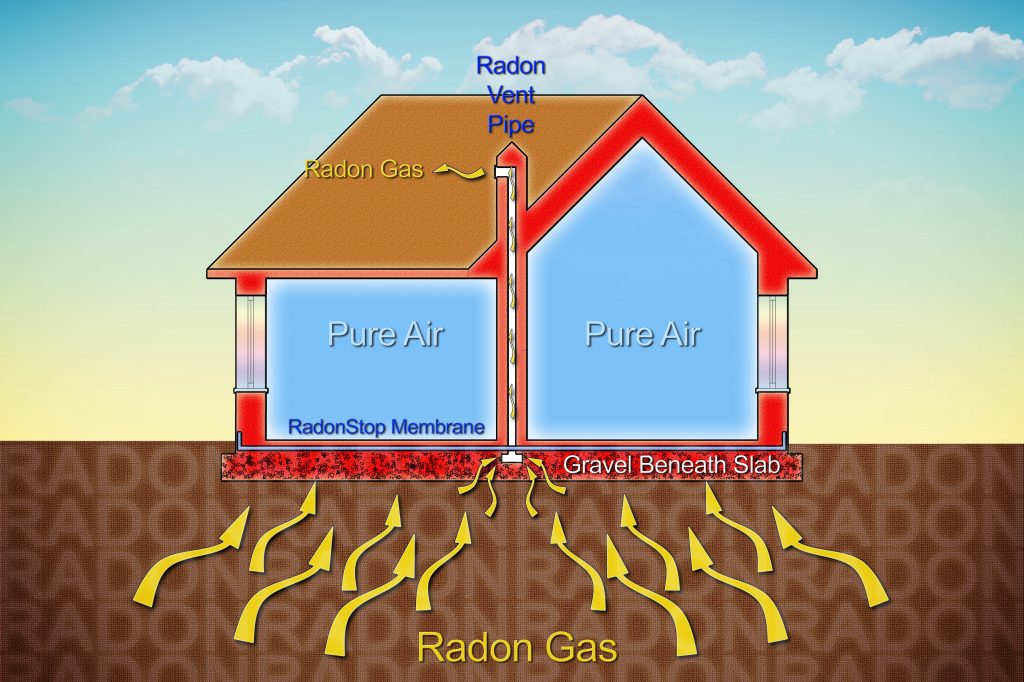
What is Radon
Radon comes from the natural (radioactive) breakdown of uranium in soil, rock and water and gets into the air you breathe.
You can’t see or smell radon and it can be found all over the U.S. in any type of building. Testing is the only way to know your level of exposure.

What is an acceptable Radon Level
There is no level of radon that is considered acceptable. The recommendation is any test showing 4 pCi/L (picocuries per liter) or above should be mitigated.
Even some levels below 4 pCi/L and below can also be reduced with mitigation measures.

Certified to Test
Lighthouse Home Inspection Services LLC is certified by the National Radon Safety Board as a radon measurement specialist. We get re-certified each year and stay current with the latest information about radon.
To measure radon in a home, we use the state-of-the-art equipment that is placed on the basement level. Radon is monitored on a continuous basis resulting in a precise measurement of the radon level in a home. A reading usually takes two days.
Ask about getting radon measured in your potential home purchase or existing home.

Mitigation
If we have found that there is a high level of radon in the home (4 pCi/L (picocuries per liter or above) there are many mitigation measures you can take. Active and passive systems are available to mitigate Radon. The best way to find out which system is best is to have us test the home and consult with a contractor based on the results of the test. Many systems can get radon level to 2 pCi/L or below.
phone
(508) 428-1975
